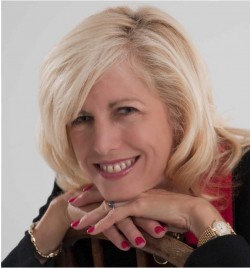In preparation for 2015, I analyzed where most of my business had come from over the past three years and found that most had come from people with whom I have personal relationships. Simply put, my businesses have always grown when I networked in person and picked up the phone. This ratifies the words shared by Jeffrey Gitomer: “All things being equal, people want to do business with their friends. All things being not quite so equal, people still want to do business with their friends.”
While I embrace the New Wild Digital World along with its significant benefits and encourage attorneys to do the same, I also like to take a step back and get back to the basics – to those activities that make the biggest difference in my bottom line.
In a world of “high tech/low touch”, strategic in person networking remains the most powerful way to create and deepen relationships. Here are a few tips to successful networking at an event or conference. Note how the integration of NEW world technology and social media can amplify potential results:
(1) Research the background of any speaker or other attendees (if you have that information). I normally connect through social media prior to the event which warms the atmosphere for an in person introduction.
(2) Instead of hanging out with others from your office or social group, be sure to mingle. The purpose is to establish new business relationships.
(3) Engage fully while conversing. Glancing around the room, at your watch or cell phone sends an unattractive message to your conversation partner. Many professionals (and other adults) have unfortunately not mastered basic social skills. Make sure you’re not one of them.
(4) The most important and neglected part is The Follow Up. Immediately after a networking event or conference (usually before leaving the premises), I take a snapshot of the business cards given to me. Using Evernote, the image is sent to my assistant along with instructions to add contact information to our marketing database as well as the appropriate follow up action (i.e., send a letter, schedule a lunch date or other specific action).

